As of April 1, Making Stories is closed. Thank you for your support all these years!
As of April 1, Making Stories is closed. Thank you for your support all these years!
Spinning Fiber
Notions & Gifts
Books, Magazines & Patterns
About Us
We're here to help you stitch sustainability into every aspect of your making.
With our carefully curated selection of non-superwash, plastic-free yarns and notions, we have everything you need to get started on your next project - and the one after that.
Here's to a wardrobe of knits we love and want to wear for years to come!
We're here to help you stitch sustainability into every aspect of your making.
With our carefully curated selection of non-superwash, plastic-free yarns and notions, we have everything you need to get started on your next project - and the one after that.
Here's to a wardrobe of knits we love and want to wear for years to come!
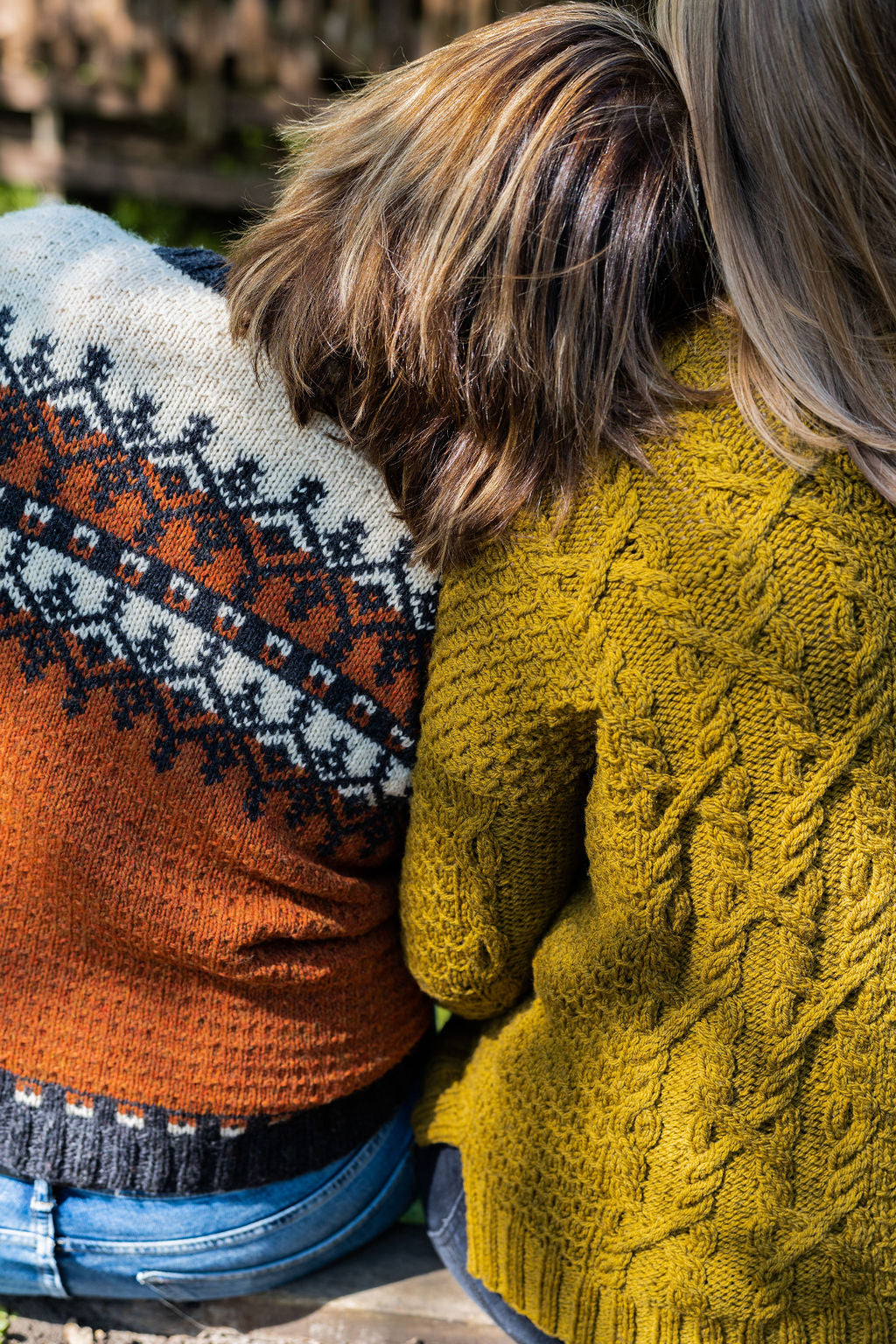
Our Sustainability Pledge

Our Blog
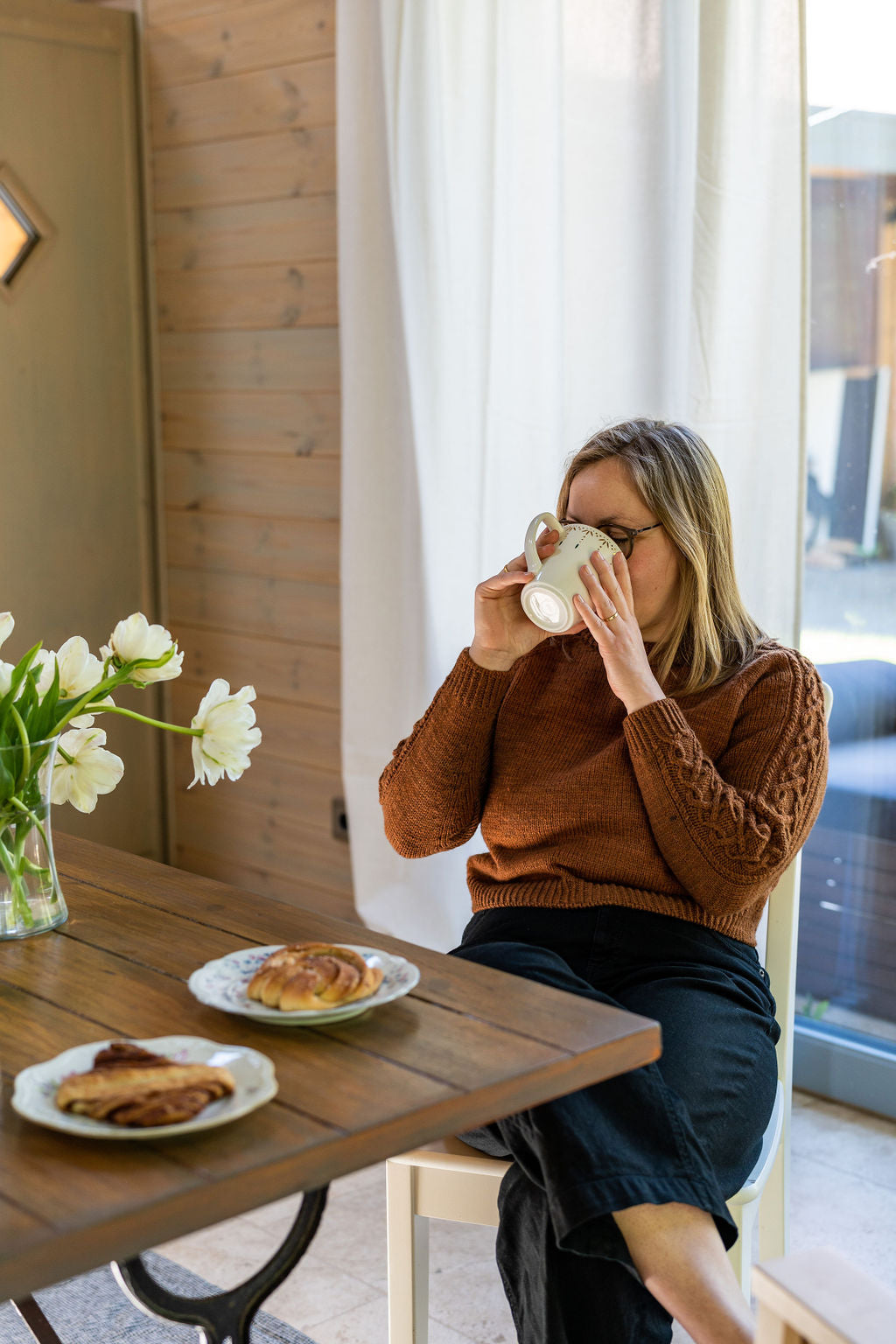
Our Podcast
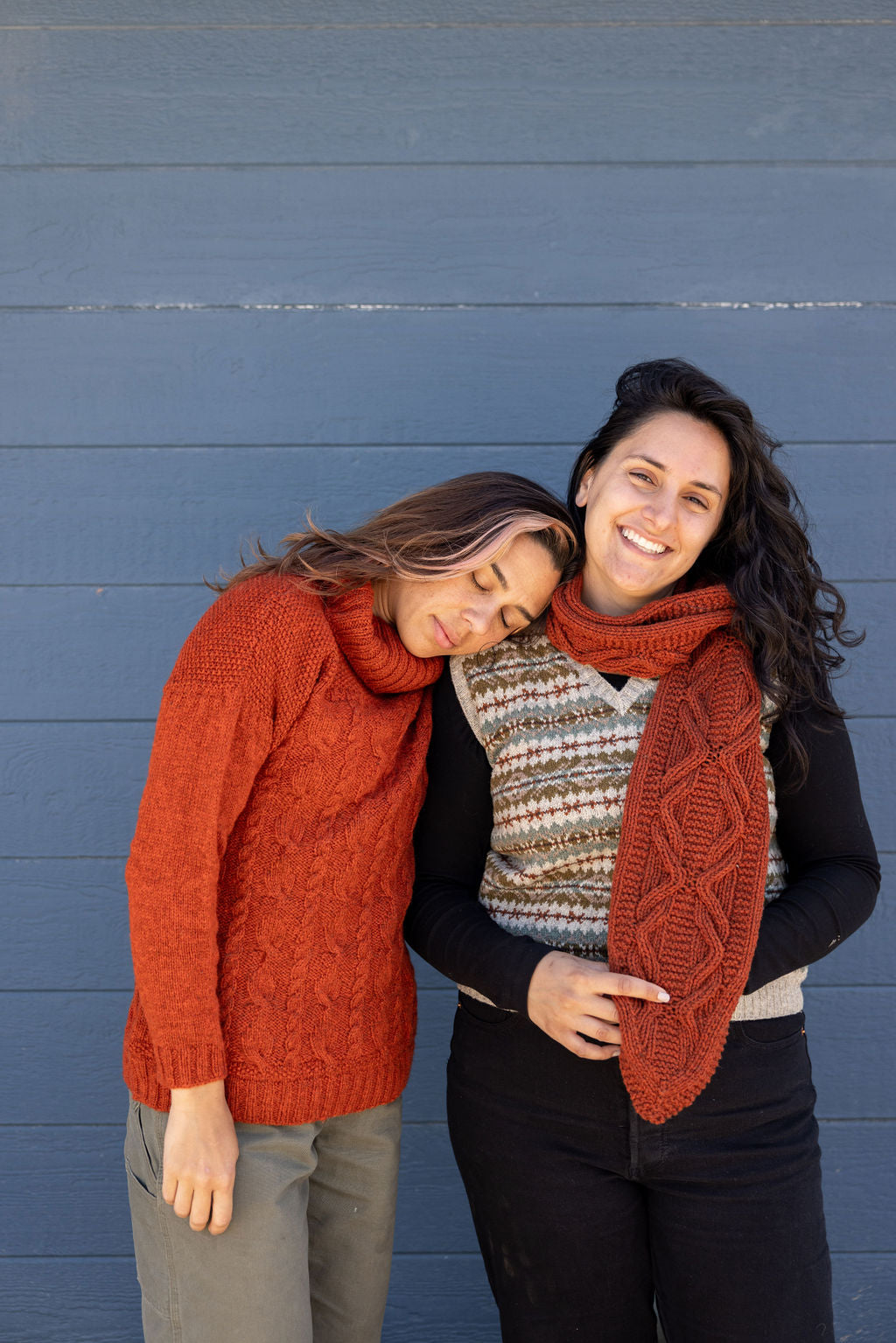
The Making Stories Collective
How to Knit With Unspun Yarn
January 19, 2023 6 min read 1 Comment
Hello lovelies! Today I’m back with a blog post filled to the brim with questions - and answers for them! As we’re adding our first unspun yarn - Manchelopis - to the shop, and the experience of knitting with unspun yarn can be a bit different than what you’re used to, I thought it would be good to have a really comprehensive post about everything you might want to know about how to knit with unspun yarn.
Most of these questions come from Instagram or Youtube, interspersed with things that I myself have been wondering and / or experimenting with. If you have any other questions, comment down below and I’ll update the post accordingly!
So, are you ready to dive into the world of knitting with unspun?
What is the difference between unspun yarn and worsted or woollen-spun yarn?
The process of making yarn can be broken down into a few different steps: Sorting, scouring, carding, spinning, plying. A super rough overview:
Sorting refers to going through the fleeces that might potentially be transformed into yarn, picking the ones that are going to end up in the yarn you want to make, and picking out any large bits of vegetable matter or other things you might not want to have in your fleeces when you make yarn out of them.
Scouring is the process of washing the fleeces until they’re spotless.
Carding untangles the clumps in the fiber and blends the fiber together. The “carder” is usually a giant machine with interlocking carding drums, whose little teeth go through the wool, blend it and open it up for spinning. After the fiber comes out of the carding drums, it looks like a big, thin sheet of fiber - a web. The last step in carding is then to separate the web into long, thin strands that are wound up into plates. (This is the process for woollen-processed yarn, spun and unspun; worsted-spun has a few more steps to it.)
Spinning takes these plates and adds twist to them, resulting in spun singles.
Plying means that two or more of these spun singles are twisted together, leading to a 2-ply, 3-ply, etc. yarn.
Now, spun yarns go through this entire process. Unspun yarns are always woollen-processed and stop after the “carding” step - with the long, thin, un-twisted strands of yarn wound up into cakes.
This is also the form that we’re selling them in - the cakes or plates. Manchelopis comes with two strands wound together one one cake.
As no twist has been added to the yarn yet, it is still super light and airy, but also breaks more easily than spun yarn. On the plus side, though, it’s really easy to connect any broken ends - simply hold both ends together, add a little water (or spit - hello spit-splicing!) and rub them against each other so that they felt.
How do I best knit with unspun yarn?
1) Knit from the outside of the cake
I found that it’s not necessary to hand-wind the yarn from the cake into a ball. It is much easier though to knit from the outside of the cake than from the inside. I tried both ways, and if you’re center-pulling from the cake, you start with a jumbled mess of unspun that breaks a lot more easily than if you’re pulling from the outside.
2) Play around with how you tension the yarn
I’m knitting continental-style and had to slightly adjust how I pull on my yarn when I want to make the next stitch. At first, I was pulling too hard so that the yarn broke more often - now I give the yarn a little more space, which means far less breakage, yay!
If you’re an English-style knitter, you might need to play around with how you wrap the yarn around your fingers to tension it. (Any English-style knitters with tips on how to knit with unspun yarn here? I’d love to hear them in the comments below!)
3) Hold it double or with another strand of yarn
You know me - I’m stubborn. When I first started knitting with unspun yarn, I swatched holding it double and holding it single, and I much preferred the texture of the single-stranded fabric. I set out to knit a cardigan, single stranded, which until now hasn’t progressed beyond the yoke. Knitting single-stranded for your first-ever unspun yarn project is not something I’d recommend, however stubborn I might be.
When I started looking for projects for my Manchelopis sample, and picked Melody Hoffmann’s Gentle Lopi Tunic, I realized that it was knit double-stranded. And honestly - it’s been so much more enjoyable! The yarn breaks a lot less easily, and it knits up really, really fast.
Instead of holding the unspun yarn double, you can also hold a single strand of it with something else - a Mohair / Silk yarn, or a Suri, for example! It will add extra fluff and strength to the fabric.
4) Alternate strands - like striping - if you hold it single
If you do want to go the single strand route, you might be wondering how to do that when the Manchelopis cake comes pre-wound with two strands. Lo and behold, the Wooldreamers folx have actually made a reel about this!
I love the solution: You alternate the strands every other round or row - similar to how you would knit stripes in two different colors. That way, you don’t have to pre-wind the cake into two balls!
5) If in doubt, go for knitting stockinette / in the round
Coming back to my cardigan I mentioned earlier: I realized that for me, purling with unspun was a lot more difficult than knitting stockinette. Something about the way that I purl made the yarn break more often, and hence making the knitting experience not super enjoyable. The Gentle Lopi Tunic is just stockinette in the round - perfect for an actual joyful knit!
Can you knit colorwork with unspun yarn?
Absolutely, you can! In fact, I would highly recommend it. The unspun fibers are great at clinging together which is what you want for a good colorwork yarn. They also bloom beautifully when you’re blocking them, resulting in a lovely even fabric.
Claire made a gorgeous Into the Wild sweater out of Plötulopi, and even modified the pattern to look like Tilly, her wonderful dog!
Does the unspun yarn break often?
My favorite type of answer: It depends. 😄
I find that when you knit with unspun yarn held double, be it with a second strand of unspun or another yarn, it breaks a lot less easily.
How often and how easily it breaks also depends on how you tension the yarn - I would say it’s worth trying a few different ways of holding your yarn if you find that it breaks often. I completely relate - if it breaks too often, it’s not an enjoyable knitting experience anymore, and that’s something we definitely want to avoid!
Is knitting with unspun yarn painful for the hands, like very bulky yarns?
Luckily no! Manchelopis knits up to a DK weight when held double (a Fingering weight when held single), and so while the experience of knitting it is a little different, it’s closer to knitting with a spun DK weight than a very bulky yarn.
What is the texture of the knitted fabric? Soft, scratchy?
Incredibly, incredibly soft. It’s like a cloud! And I’m not kidding! Different unspun yarns are certainly different here - I could imagine Plötulopi being a little more scratchy, for example - but the Manchelopis (out of 100% Manchega wool) is super soft.
In addition to that, it’s really lightweight, so even a larger sweater is comfortable to wear.
Are finished objects made with unspun yarn hard to wash?
Unspun yarn has the same wonderful anti-bacterial properties as spun yarn, so you luckily don’t have to wash it very often! I find that hanging my knits out in the fresh air often helps get rid of, say, cooking scents that stuck to sweaters.
If you want to wash your unspun knit, go for cold water, a gentle wool wash, and don’t agitate the water or the knit when you soak it. Fill the bowl or sink first, then put in the wool wash and then the knit. Gently press down, let it soak for a little while, and then, very gentle, press out any excess water. You can put it on a towel, roll it up and stomp around on it a little bit to get even more water out. For drying, I would recommend to lay it flat!
How does it hold up to wear over time? Does it pill or felt?
I’ve personally not finished a sweater or cardigan in unspun yet, so I went to our wonderful Instagram community to ask about their experience with how unspun projects wear!
Here’s what they said:
“My sweater, with mohair, doesn’t pill. Others pill more at the beginning, depending on the blend too.” - Mel & Tigers Knits
“Being natural wool, pilling is normal. Use a razor and ready!” - Patchwork & Cakes
“Does pill / felt quite a bit in areas with a lot of movement / friction, but no more than any loosely plied yarn.” - Caroline Frett
“Mine is doing well, hardly any pilling so far. I want to know how elbows hold up though.” - Amanda O'Dell
1 Response
Leave a comment
Comments will be approved before showing up.
Also in Blog

Issue 13 – Confetti & Rainbows | Official Pattern Preview
February 12, 2025 13 min read
Hi lovelies! The sun is out here in Berlin, and what better day to talk about one of the most joyful issues we've ever done than a brilliant sunny winter day – meet Issue 13, Confetti & Rainbows!
In Issue 13 – our Spring 2025 Issue – we want to play! Confetti and rainbows, unusually and unconventionally interpreted in 12 new knitwear designs – a journey through color, shapes, texture and materials.
Confetti made out of dried flowers, collected over months from bouquets and the road side. Sparkly rainbows, light reflecting. Gentle textures and shapes, echoing the different forms confetti can take. An unexpected rainbow around the corner, on a brick wall, painted in broad strokes.
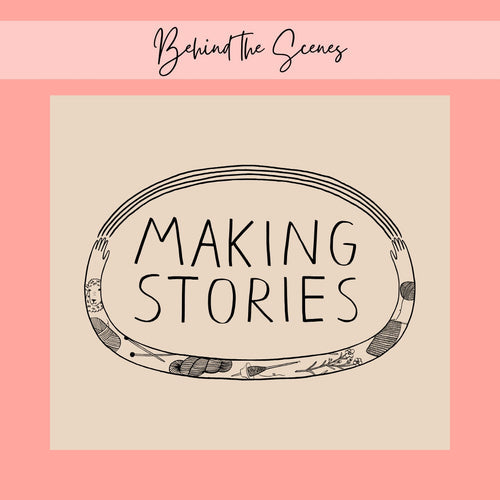
New Look, Same Heart: The Story Behind Our Delightful Rebrand
January 16, 2025 4 min read 1 Comment
Hi lovelies! I am back today with a wonderful behind-the-scenes interview with Caroline Frett, a super talented illustrator from Berlin, who is the heart and and hands behind the new look we've been sporting for a little while.
Caro also has a shop for her delightfully cheeky and (sometimes brutally) honest T-Shirts, postcards, and mugs. (I am particularly fond of this T-Shirt and this postcard!)
I am so excited Caro agreed to an interview to share her thoughts and work process, and what she especially loves about our rebrand!
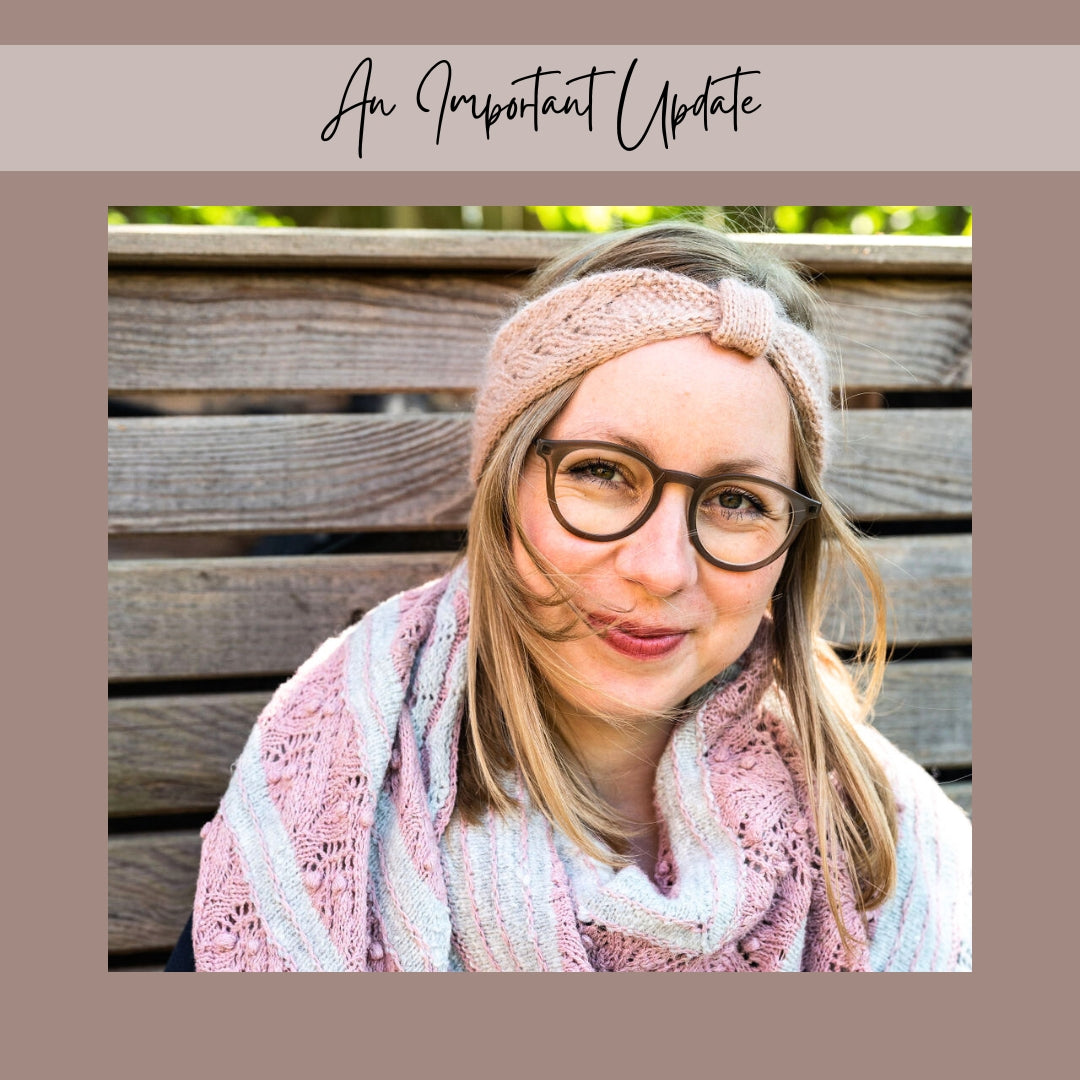
Thoughts on closing down a knitting magazine
November 19, 2024 12 min read 1 Comment
Who Is Making Stories?
We're a delightfully tiny team dedicated to all things sustainability in knitting. With our online shop filled with responsibly produced yarns, notions and patterns we're here to help you create a wardrobe filled with knits you'll love and wear for years to come.
Are you part of the flock yet?
Sign up to our weekly newsletter to get the latest yarn news and pattern inspiration!

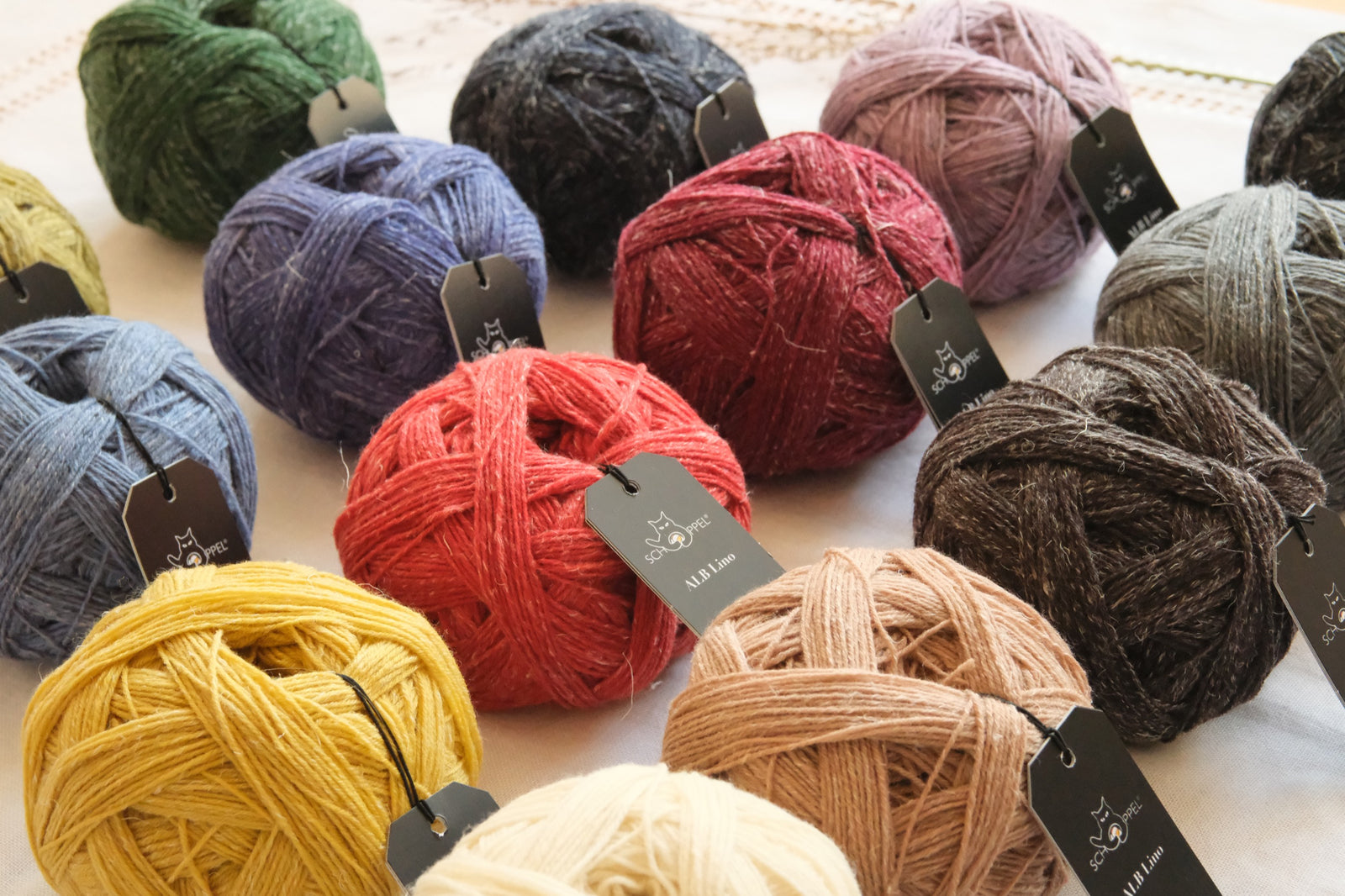
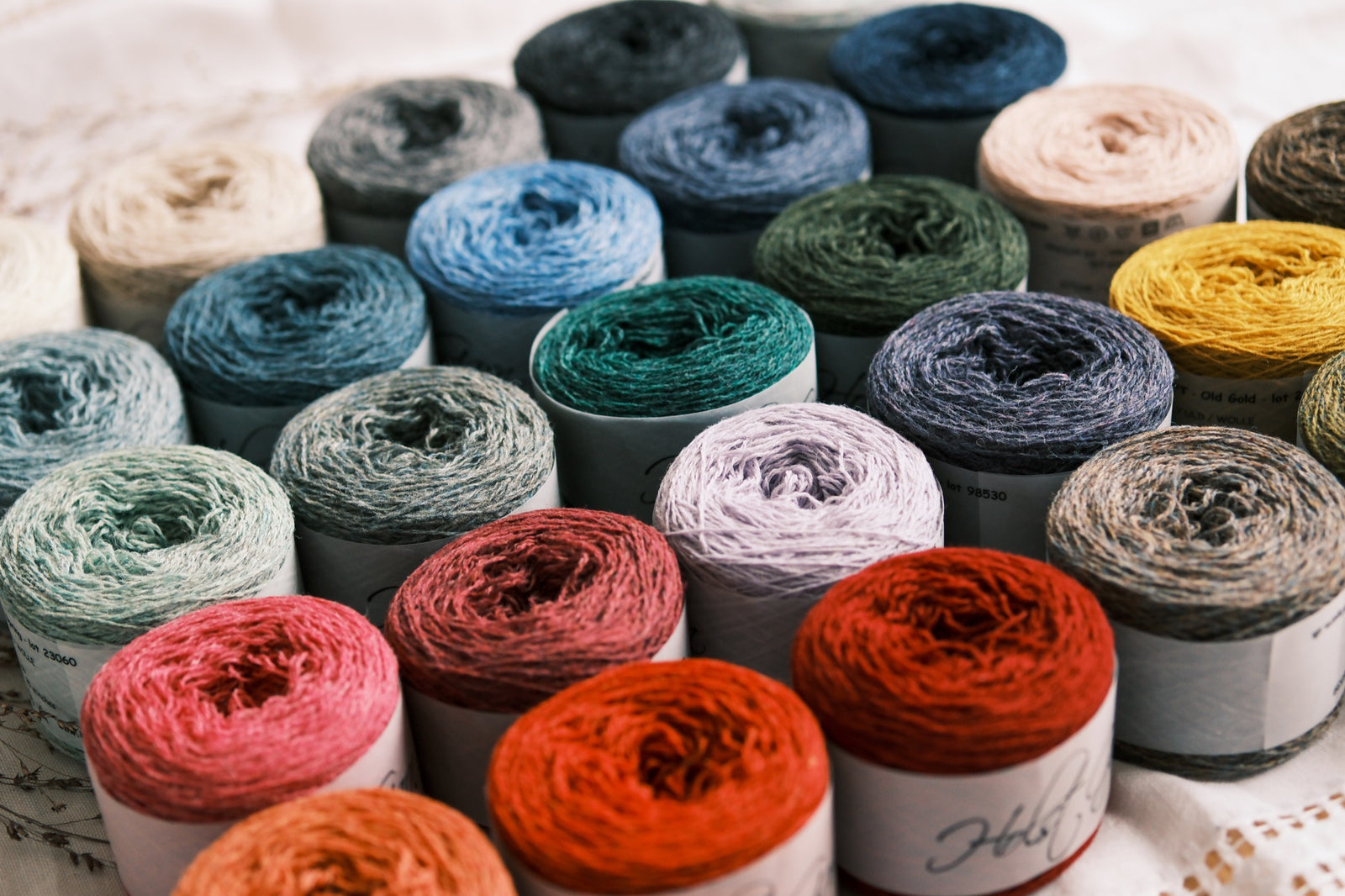

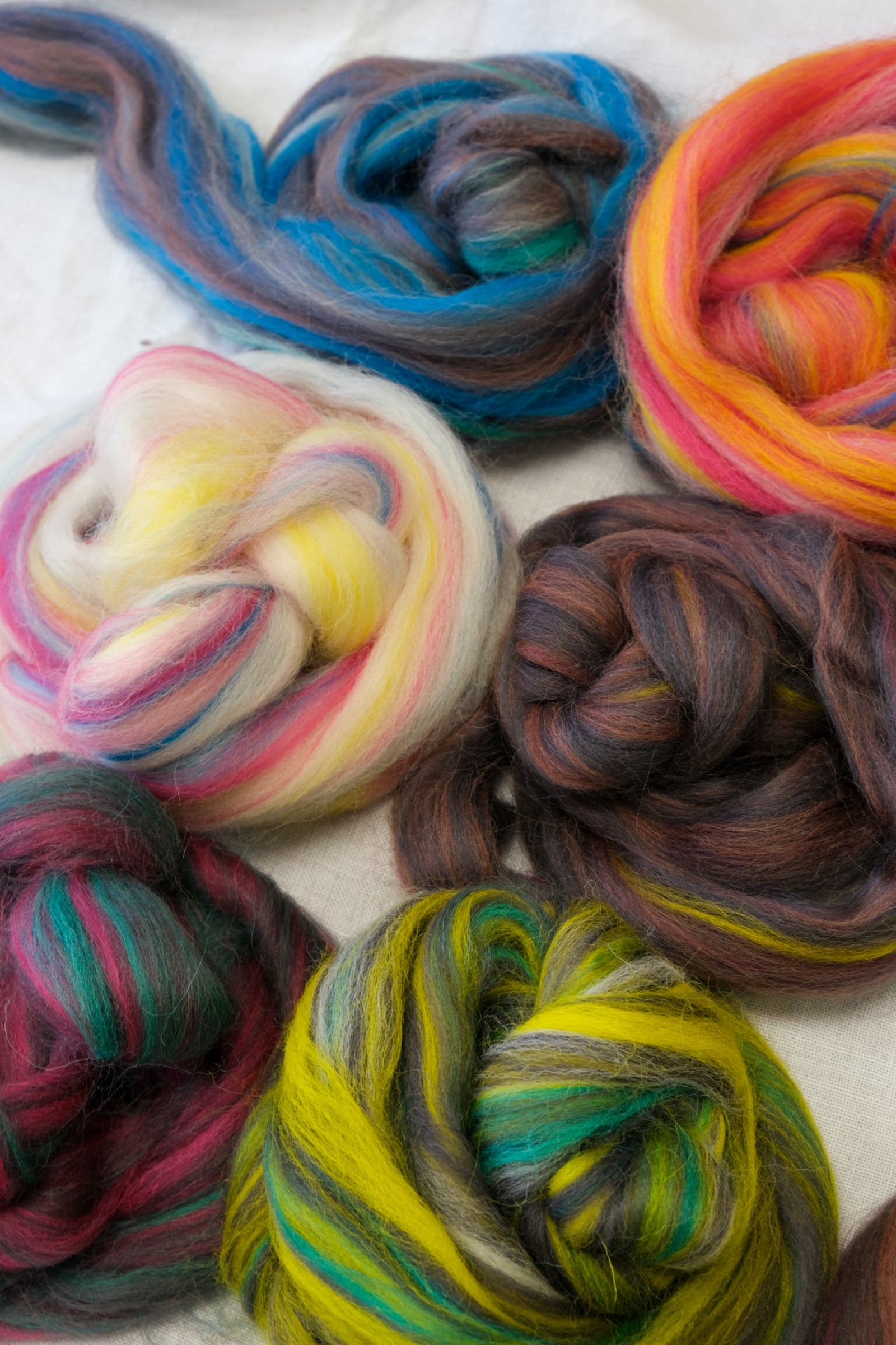
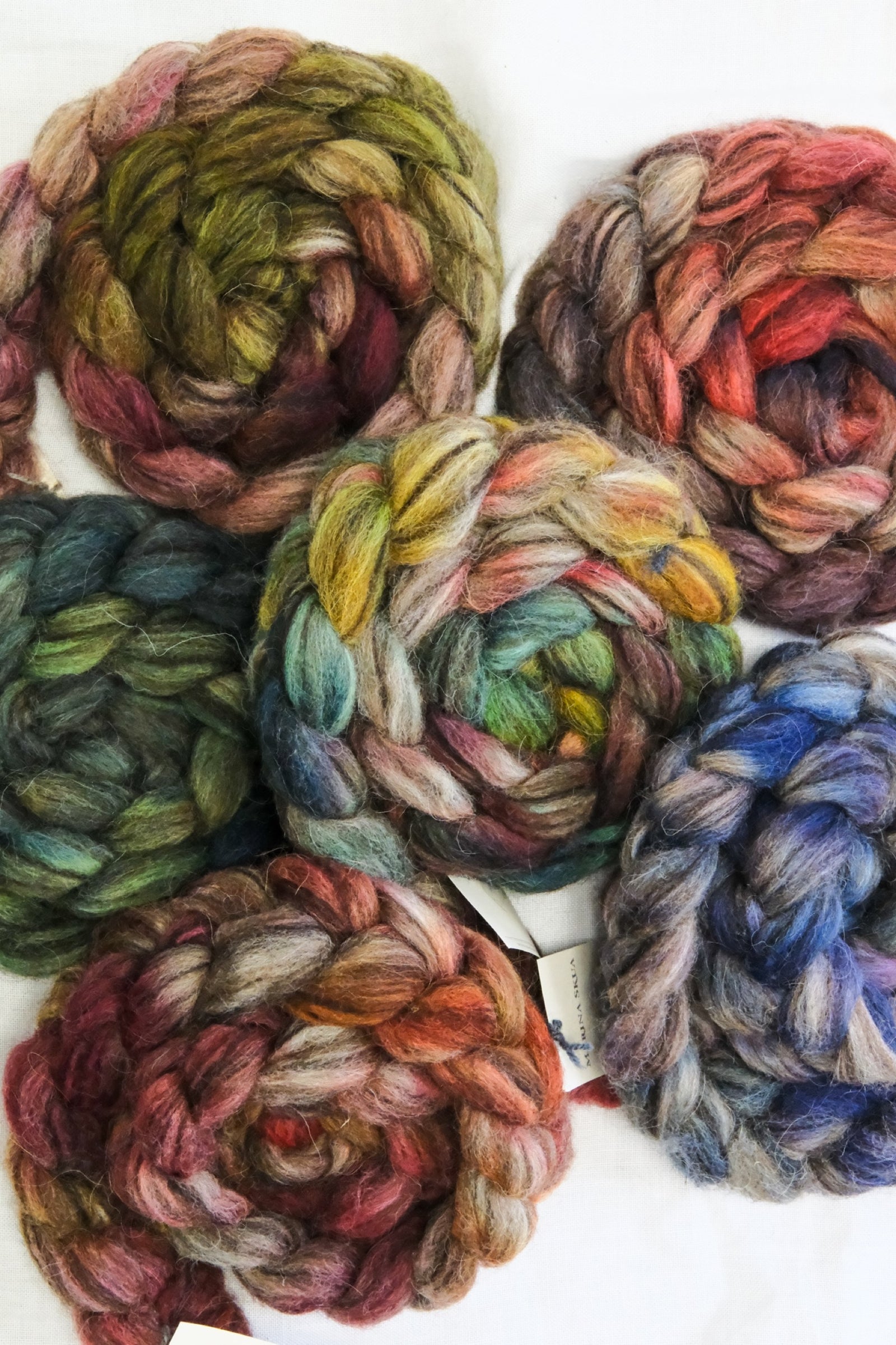
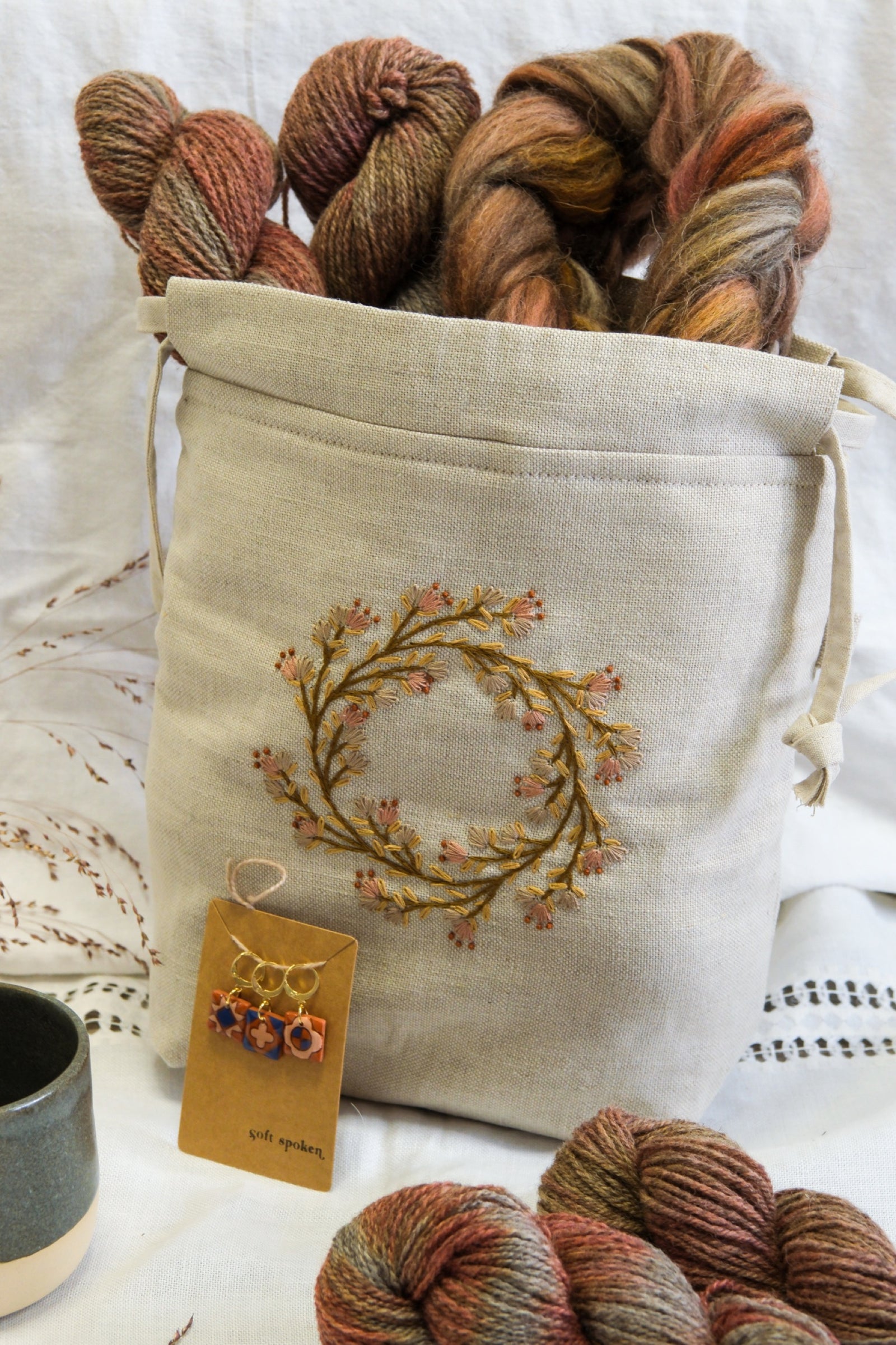

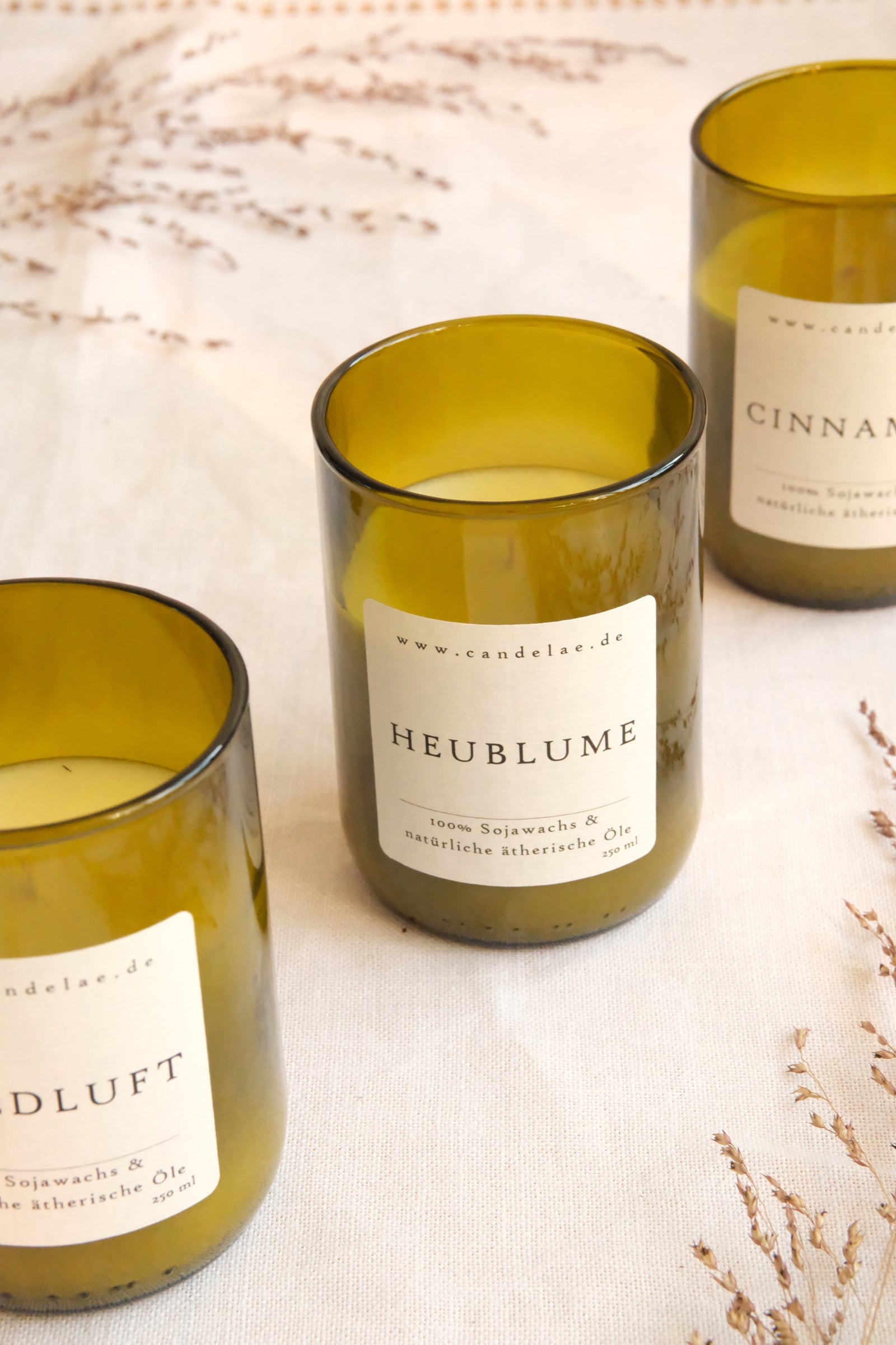

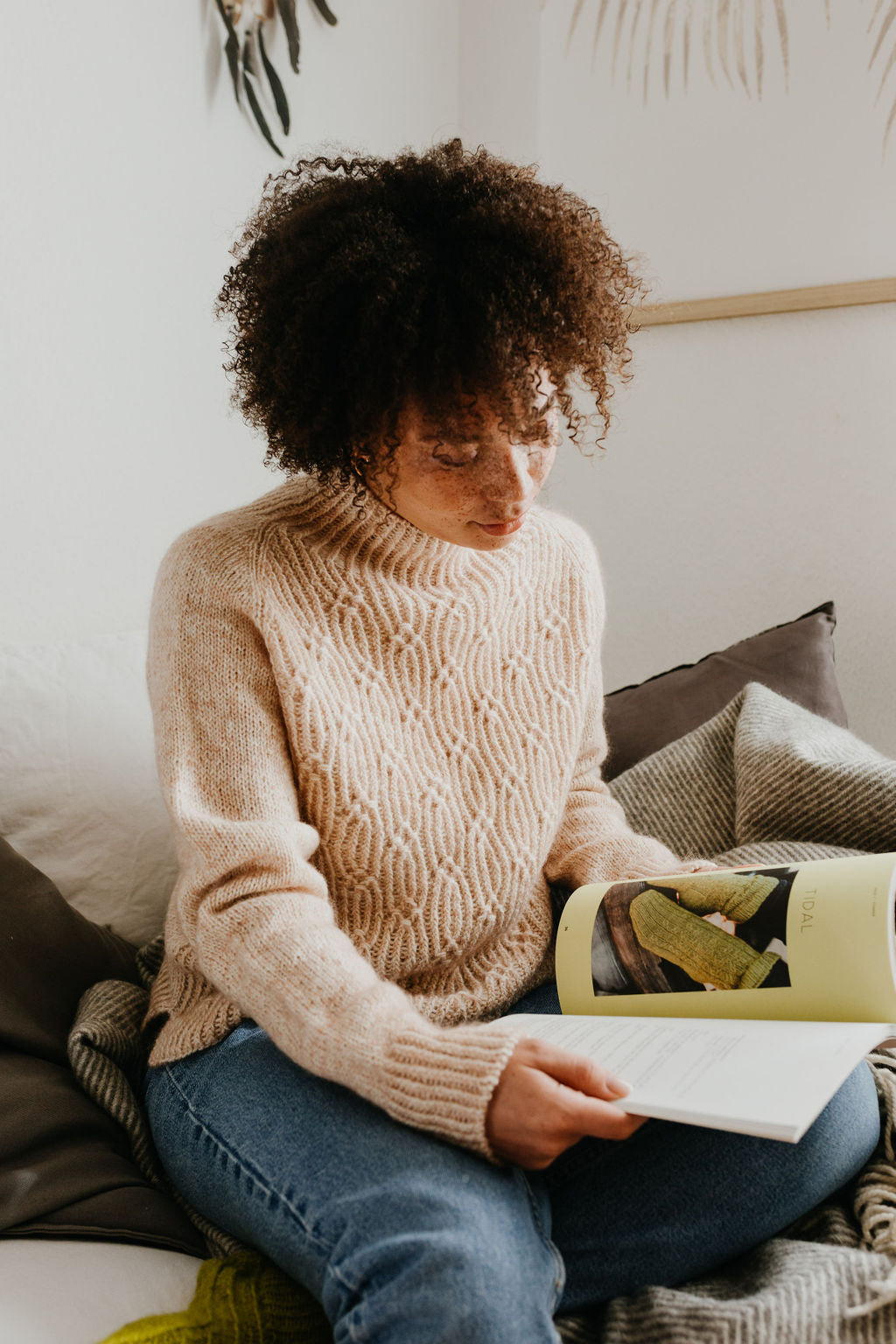
Andrea
January 21, 2023
Sorry, no chance to by. Sold out, before I could think about the coulor and the range. Sadly, I would really like to explore this yarn.